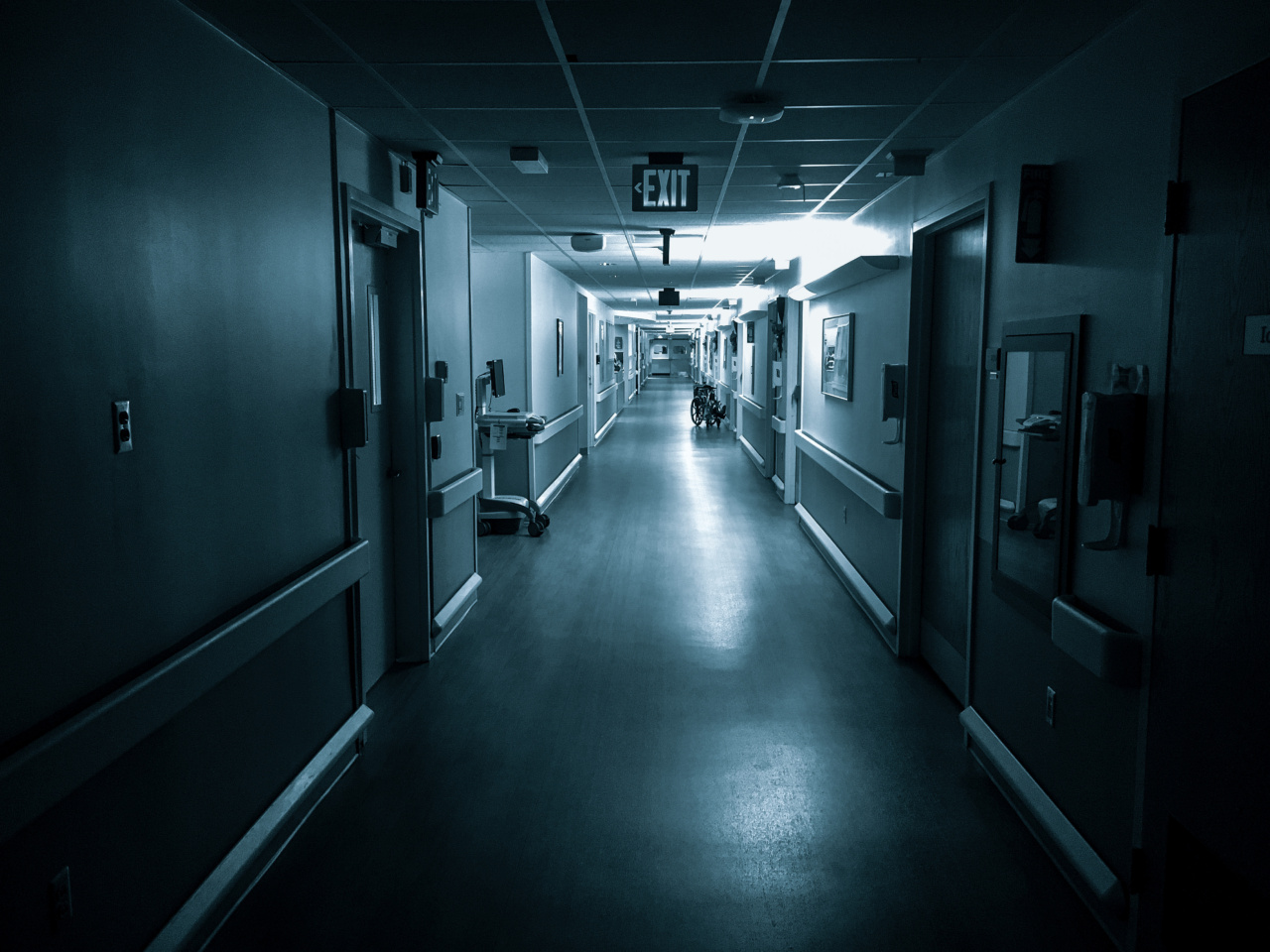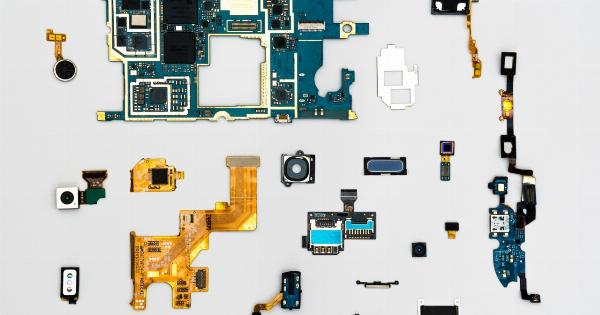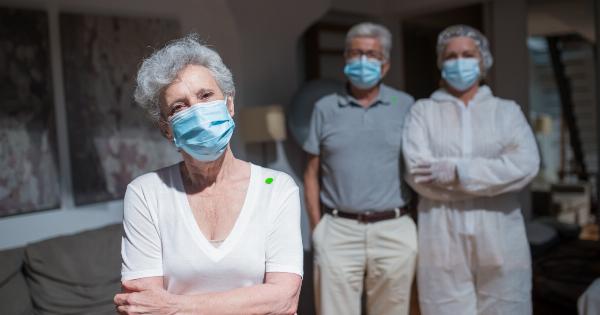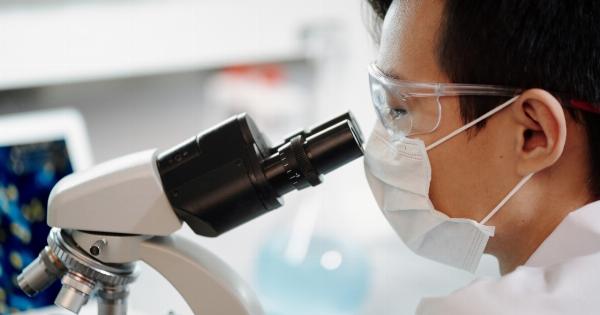Public healthcare facilities have always played a critical role in providing necessary treatment and care to the patients who are unable to afford it.
However, these facilities often face challenges like inadequate resources, lack of staff, and old hospitalization programs. As a result, the patients often face delays in receiving the necessary care.
With a goal to address these challenges, many public healthcare facilities are revamping their hospitalization programs in a way that benefits the patients and also enables a higher level of efficiency.
Improved Hospitalization Process
The new hospitalization process is designed to ensure patients receive timely treatment. Traditionally, patients had to rely on the doctors to coordinate the entire process.
This often caused delays due to a lack of coordination among the different departments. The new hospitalization process involves the patients being directed to a hospitalization desk where they are assigned dedicated personnel to oversee the entire process.
This ensures that the different departments involved in the process work together seamlessly, which leads to a smoother and faster hospitalization process.
Digitalization of Medical Records
Digitalization is the new buzzword in the healthcare industry. The revamping of the hospitalization program has also incorporated the digitalization of medical records. This means that now all the medical records of the patients are stored digitally.
In the past, the doctors had to rely on the physical medical records to be able to make accurate diagnoses and treatment plans. Keeping track of the patient’s medical history can also be challenging, especially if they have been admitted to the hospital multiple times.
The digitalization of medical records has led to an improvement in the accuracy of diagnoses, faster treatment, and better patient care.
Patient Monitoring Systems
The new hospitalization program also involves the installation of patient monitoring systems. These systems help in monitoring the health of the patient round the clock.
The patient monitoring system can track the vital signs of patients such as blood pressure, heart rate, and oxygen saturation level remotely. Whenever any anomalies are detected, an alert is sent to the medical staff, and they can intervene before the situation gets worse. This leads to a reduction in the number of fatalities due to delayed medical attention.
Enhanced Staff Training
Training is critical in ensuring that the hospital staff can keep up with the demands of a modern healthcare facility.
In the revamped hospitalization program, the staff undergoes extensive training to be able to handle emergency situations and other high-stress situations. The training modules also focus on developing soft skills such as communication, teamwork, and empathy towards the patients to improve the overall patient experience.
Staff training is the backbone of any healthcare facility, and investing in it can lead to better patient outcomes.
Use of Telemedicine
The new hospitalization program is also leveraging the use of telemedicine. As the healthcare industry becomes increasingly digital, telemedicine has emerged as a powerful tool to address the growing demand for healthcare services.
Telemedicine involves remote consultations between healthcare professionals and patients via video conferencing or phone calls. This allows doctors to provide faster, more efficient care while also reducing patient waiting times. Patients can now receive treatment from specialists who may be located in different parts of the world.
Telemedicine has revolutionized the healthcare industry, and its adoption by public healthcare facilities has led to a significant improvement in the quality of care provided to patients.
New Age Medical Infrastructure
The revamping of the hospitalization program has also led to the adoption of new age medical infrastructure. This includes the use of advanced medical devices like MRI machines, CT scanners, and robotics-assisted surgeries.
These devices have revolutionized the way ailments are diagnosed and treated. The use of these devices has helped in achieving higher levels of accuracy while also reducing the overall treatment time for patients.
Increased Patient Satisfaction
The most significant benefit of the revamped hospitalization program is an increased level of patient satisfaction.
The new hospitalization process ensures that patients receive the necessary care and attention they need, faster and with higher levels of accuracy. The use of digitalization, patient monitoring systems, and telemedicine has led to a significant improvement in the quality of care provided to patients.
With an improved quality of care, patients are more satisfied with the healthcare services provided to them, which can lead to a better brand reputation for public healthcare facilities.
Conclusion
The revamping of hospitalization programs is critical to providing excellent healthcare services to the public. The new hospitalization program has increased the efficiency of public healthcare facilities while also leading to better patient outcomes.
The adoption of new age medical infrastructure, patient monitoring systems, and telemedicine has helped to address the challenges faced by public healthcare facilities. With better patient outcomes and higher patient satisfaction rates, public healthcare facilities can achieve better brand reputation, attract more patients, and better serve the community.































